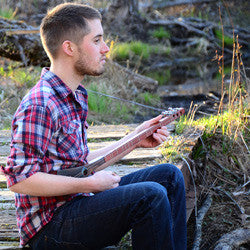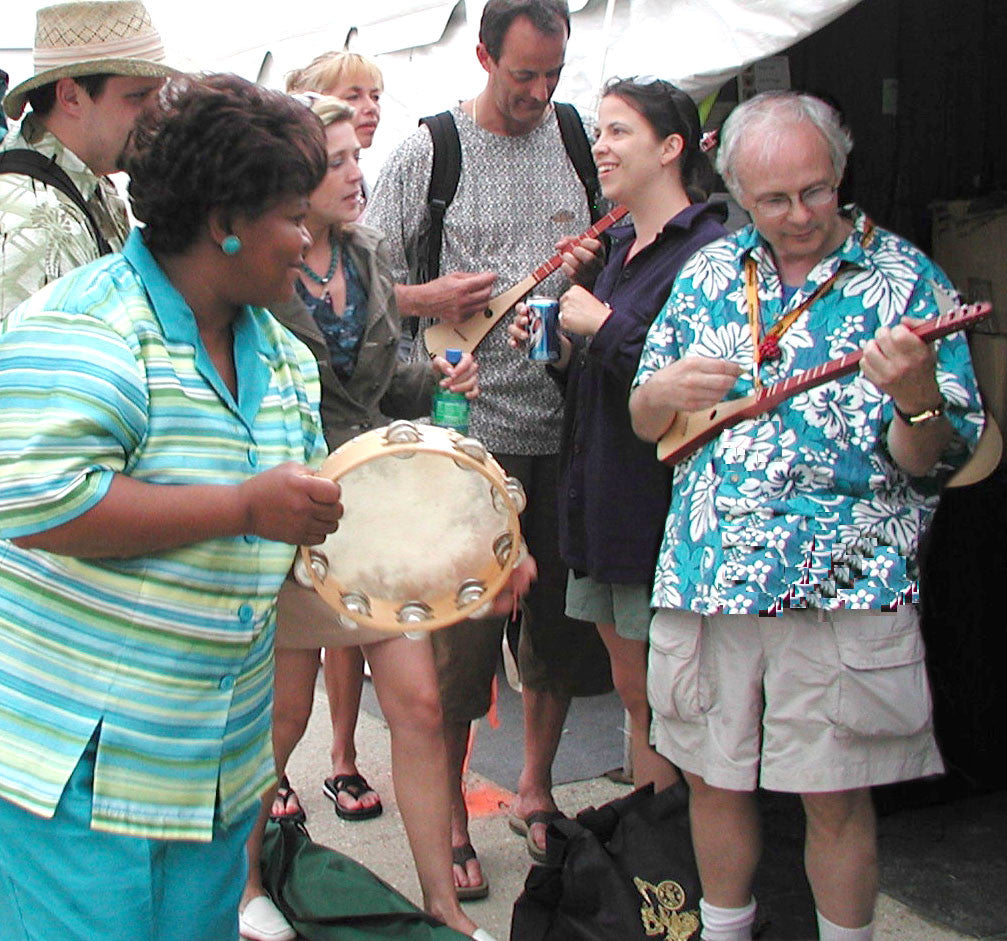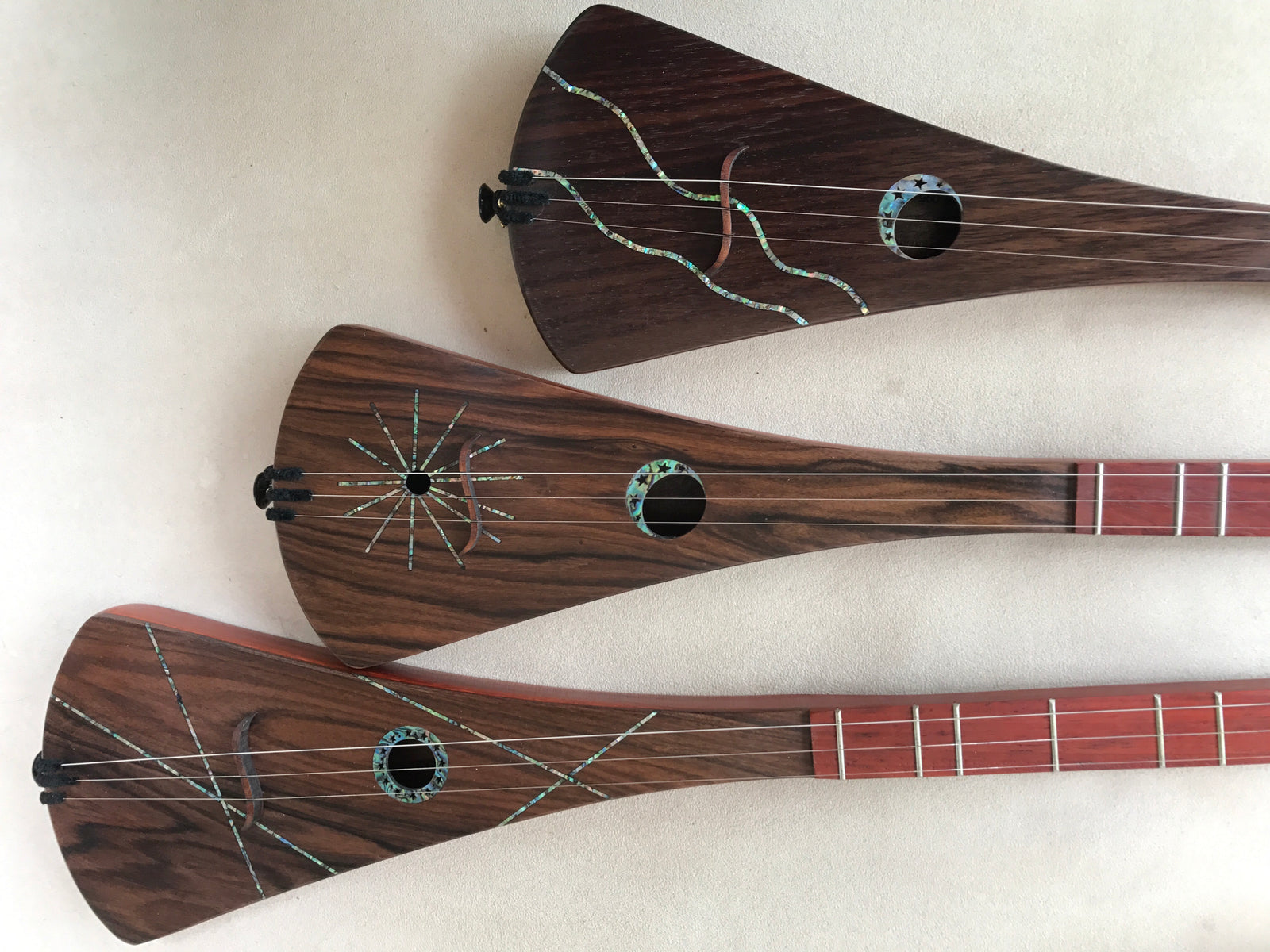Music has an almost mystical ability to affect us emotionally. It can inspire us, rouse us, calm us, soothe us, sadden us, make us think, make us reflect, make us grieve, make us dance, make us happy. Give us Goosebumps. Almost everyone has experienced these effects of music at one time or another. And yet, many many people feel incompetent when it comes to making music, understanding the simple principles of music, or composing music.
This is ironic because we spend more intimate time with music in our lives than almost any other creative art, with the exceptions of food and cooking, and reading. I have told many beginning students that they are experts at the experience of music. They have listened passionately all their lives. Music has been a soundtrack to their adolescent years. The emergence of our musical tastes from ages 8-21 is one of the first ways in which we really begin to choose our preferences, and distinguish our tastes from those of our parents. We have been listening to many examples of music for many years, and we are experts at what we like and what we don't like. We might not be able to explain or create what we like, but we have a rich experience of it. That is a terrific place from which to begin learning about the building blocks of music.
Music is far easier than many people think. One way of seeing it is like Legos®. With a few simple building blocks, you can make simple objects, or more complicated ones. With a variety of additional kinds of blocks, you can make immensely complex constructions. That is how it is with music, and this series of articles will explore why that is true.
One reason Music is confusing to people; we are told about many names for elements of music before we ever get an experience of what those names mean, what they sound like. An easier way to grasp music is to have experiences, and learn the words that go with those experiences. That is the approach we take with the Strumstick.
Lets think about Legos for a moment.
We talked about Music being easy when approached like building it from blocks. Basic Legos have some major limitations; they are rectangles, they only fit together in certain fixed ways, and they only come in a few sizes an shapes. They can either stack exactly, or they can overlap the long way or the short way, and that’s about it. You can't connect two blocks at whatever angle you choose. But for beginners, those limitations are a godsend; you only have a limited number of possibilities for how they go together, so figuring out the mechanics of putting them together just takes a few minutes. Then you are left with the creative thinking about WHAT to make with those simple mechanics, but that’s where the fun is. If you had to wrestle with mechanics for an extended time before you get to have fun, that is discouraging. And if keeping the mechanics straight is hard, while you are trying to create something, that is also discouraging.
With Music, the traditional approach is to learn a whole toolbox full of physical techniques, and complex names for how those techniques interact, and names for every technique. That's a lot of mechanics. It involves extended memorization, a bunch of physical practice... a lot of messing with the mechanics before you really get to make or create something with all your hard work.
The Strumstick takes a different approach (more like Legos).
You have a limited slate of possibilities, just a few of them, and they fit together well on their own (like the ways Legos fit together). The Strumstick teaches music by experience first. You are shown how to do musically cool things first and then later learn the names and theory of those cool things. Strumstick does not not take a lot of fussing with mechanics to make some music happen. The learning of new things is easiest when having fun experiences first and learning names and technical ideas a little later.
How does the Strumstick do this?
It uses the building block approach. (Musical terms are in italics)
The "Strumstick Building Blocks" are:
- The friendly Notes available on any string (created by the Frets),
- The friendly background Harmony the other two strings make.
- We only need one more block! By Strumming all three strings, we make a sound on all three strings. The string you are Fretting (start with the first string) plus the other two Drone strings.
The timing of the strumming is easily adjusted into patterns that make differentRhythms (we show you how!)
The Strumstick is physically built so it plays a specific group of notes that get along nicely with each other. A Major Scale
Each of these things takes a few seconds or a minute to learn to do. Not hours and days. With just these several blocks, you would know enough (with some practice to make them comfortable) to compose hit songs. It is also easy to combine these blocks to play songs that are already written.
We have used a few new words... Notes, Harmony, Strumming, Fretting, Drone, Rhythm, Major Scale.But the important thing is having the experiences that each of these words is connected to. In subsequent posts we will "build" some music using these "Strumstick Building Blocks", maybe adding a few additional ones. As a first step we will talk about Rhythm in general, to demystify the subject.






Bob McNally
December 12, 2016
Thanks Steve, I’m glad the Strumstick has brought you and your dad some fun and good feelings. I’ll bet your Grandaddy would be proud, ‘cause what’s the point of music if it doesn’t make folks feel good. Keep on Strumming. Bob McNally